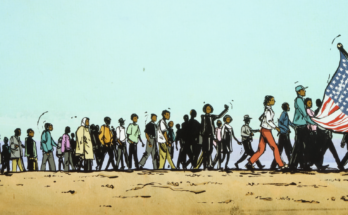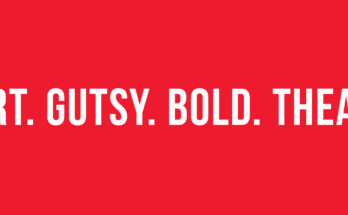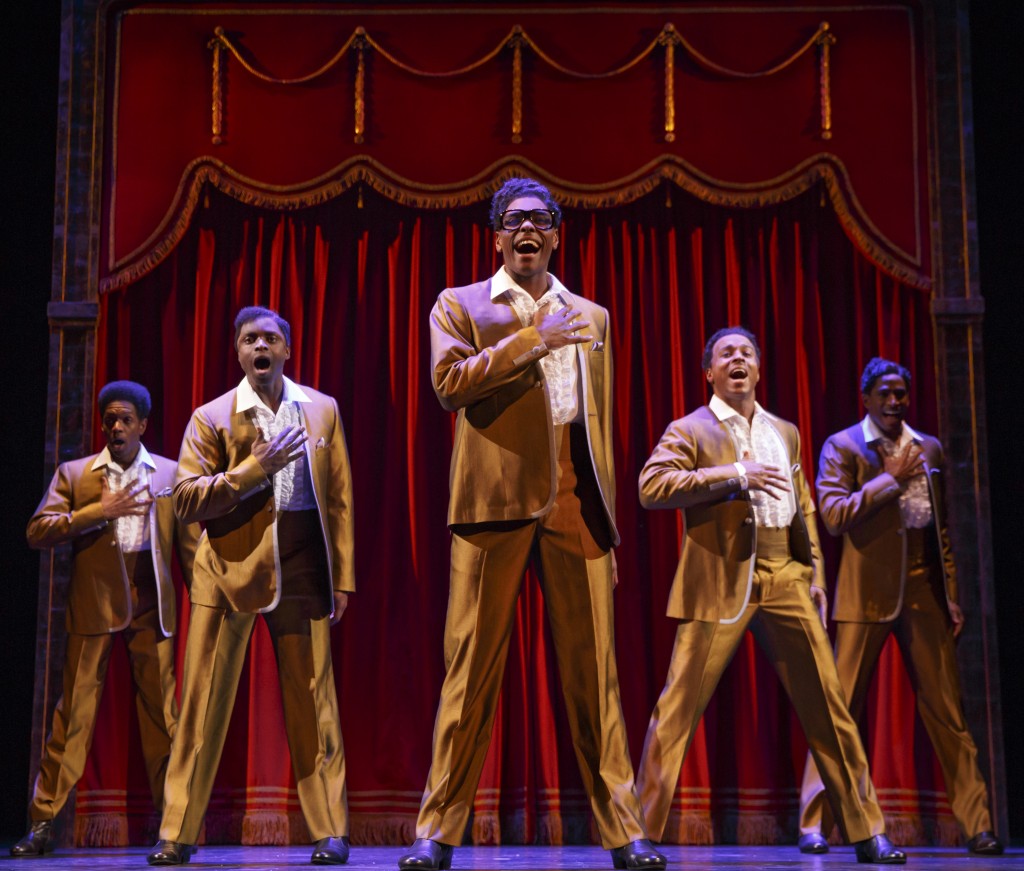
“Motown the Musical” runs Aug. 18-23 at the Fox Theatre.
::
LOOSELY BASED on Berry Gordy Jr.’s 1994 autobiography (To Be Loved: The Music, the Magic, the Memories of Motown), the greatest asset Motown the Musical has is the music itself: 66 hit songs running the gamut from the Jackson 5’s “ABC” to the Miracles’ “You’ve Really Got a Hold on Me.”

But to understand the importance of the music and the impact Motown had on American culture, you have to understand the historical context in which it was created.
Gordy first made his name writing songs for such Detroit-based acts as the Matadors (later Smokey Robinson & the Miracles) and Jackie Wilson (whose dynamic stage presence influenced artists from James Brown to Michael Jackson). When Wilson’s “Lonely Teardrops” became a Top 10 hit in 1958, Gordy grew frustrated at the low profit percentage songwriters made and realized that producing records and publishing songs was where the money was. Within a year, he’d launched Tamla Records and bought the house that would become Motown’s Hitsville U.S.A. recording studio.
AMERICA IN THE MID-1950s — just after the landmark Brown v. Board of Education ruling that ended segregation — was a very different place. The success of 19-year-old Elvis Presley’s 1954 cover of bluesman Arthur “Big Boy” Crudup’s “That’s All Right” proved that rebellious white teens were ready for African-American-inspired rock ’n’ roll. But the racially divided country was far less eager to embrace that music when performed by African-American artists.
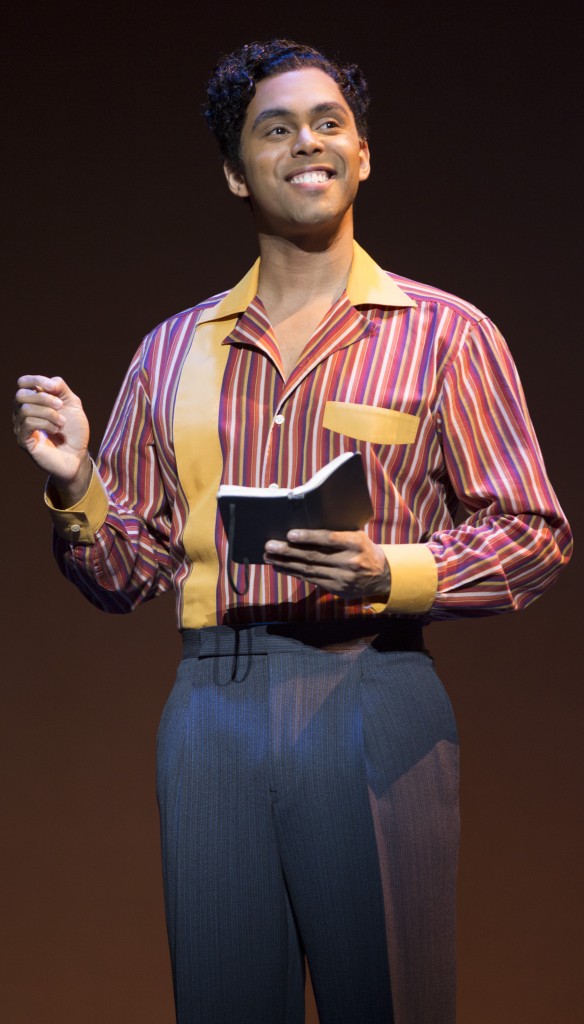
Gordy, however, had the Midas touch. Within a year of launching his label, he’d had hits with Barrett Strong’s “Money (That’s What I Want)” and the Miracles’ “Shop Around,” which became the first Tamla/Motown single to sell a million copies.
In 1961, the company scored its first No. 1 song, the Marvelettes’ “Mr. Postman.” Over the next 10 years, the label scored an unprecedented 110 Top 10 hits from a roster that included the Supremes, the Four Tops, the Jackson 5, Stevie Wonder, Marvin Gaye, the Temptations, the Commodores and Gladys Knight & the Pips, all of whom are represented onstage in Motown the Musical.
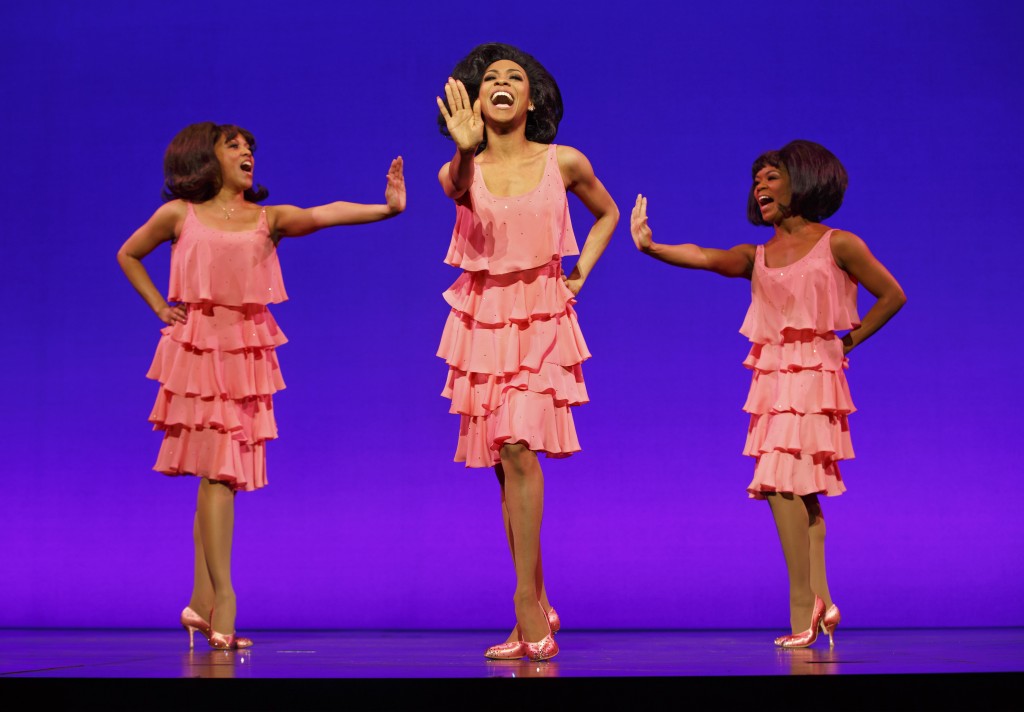
GORDY’S BLUEPRINT was so formulaic that it’s often been called a “hit factory.” Stylistically, the Motown sound was rooted in Southern soul and R&B, but with rough edges polished away by a smooth pop sheen. The call-and-response and tambourine-accentuated backbeat found in gospel were there, but the melodies were simple and infectious, perfectly accented by orchestral string sections, charted horn sections and harmonized background vocals. Here was an African-American sound so unique that white artists couldn’t replicate it.
Gordy hired a core team of exceptional songwriters, including the trio Holland–Dozier–Holland (Lamont Dozier and brothers Brian and Eddie Holland), Norman Whitfield, William “Mickey” Stevenson, Smokey Robinson, Barrett Strong, Nickolas Ashford and Valerie Simpson, and many others. He used a tight-knit group of musicians, collectively known as the Funk Brothers, to record the instrumental tracks for many of Motown’s most famous records.
BUT PERHAPS HIS GREATEST GIFT was his talent for developing artists. He and his team taught their acts to be ambassadors for the entire African-American community, and insisted that they learn to walk, talk and act in a dignified fashion at all times to contradict the image many white Americans had of black people at the time.
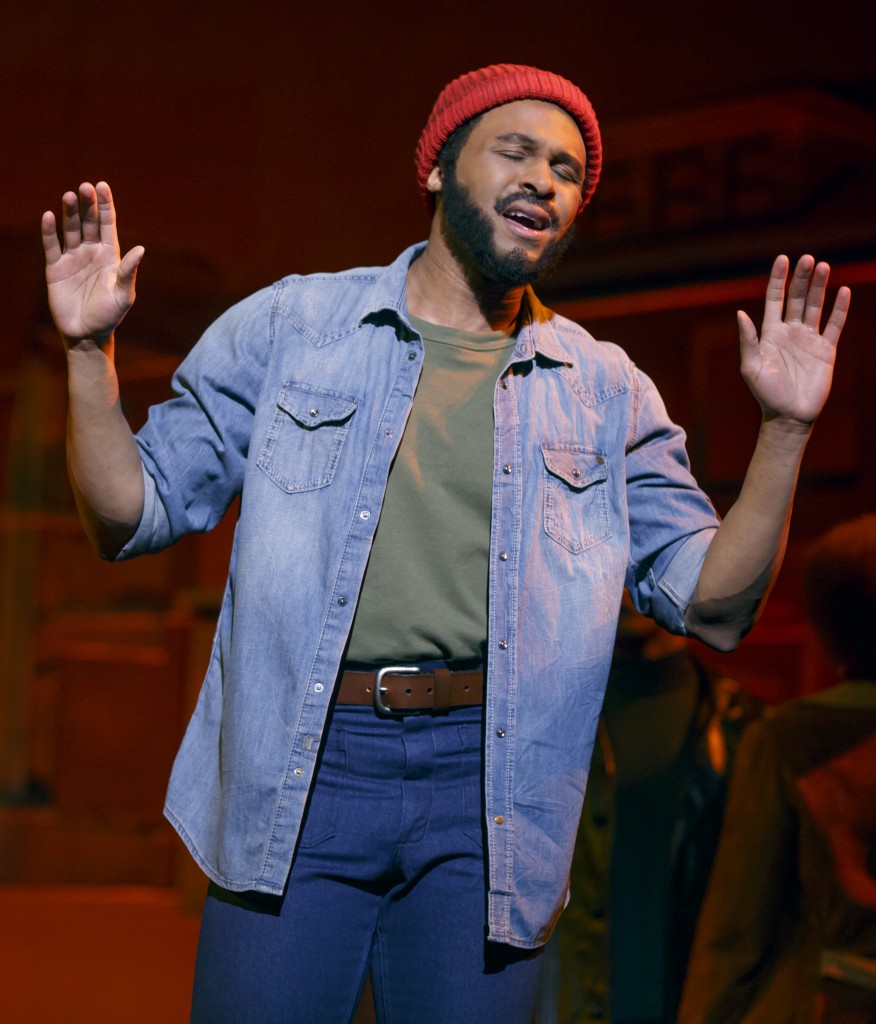
Each artist was immaculately groomed, dressed and choreographed to look classy and elegant; they served as role models for kids who came from the same housing projects they had. Many debuted as opening acts on Motown package tours, giving them time to refine their skills before being thrust into the spotlight.
Over time, Motown revolutionized the music industry and proved a formative influence on future rock ’n’ roll legends — the Beatles and Rolling Stones, among them. The label and its music also changed attitudes toward African-American musicians during the civil rights era.
“I RECOGNIZED THE IMPACT [we were having],” Smokey Robinson recalled in a New Orleans Times-Picayune interview, “because Motown acts were going all over the world. I recognized the bridges that we crossed, the racial problems and the barriers that we broke down. … I would come to the South in the early days and audiences would be segregated. Then they started to get the Motown music, and we would go back, and the audiences were integrated and the kids were dancing together and holding hands.”
There’s only so much history one can get from a two-hour musical. But Motown the Musical serves as an important reminder of how Berry Gordy’s vision helped create an America in which both blacks and whites were “Dancing in the Streets.”
::
Slide-show photo: Reed L. Shannon as Michael Jackson (center) with the Jackson 5. Photo by Joan Marcus

